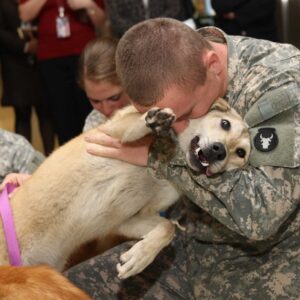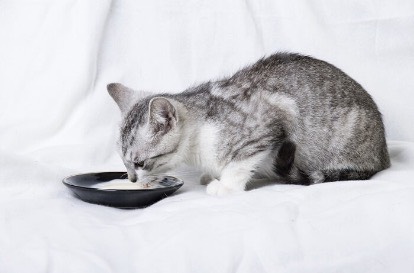
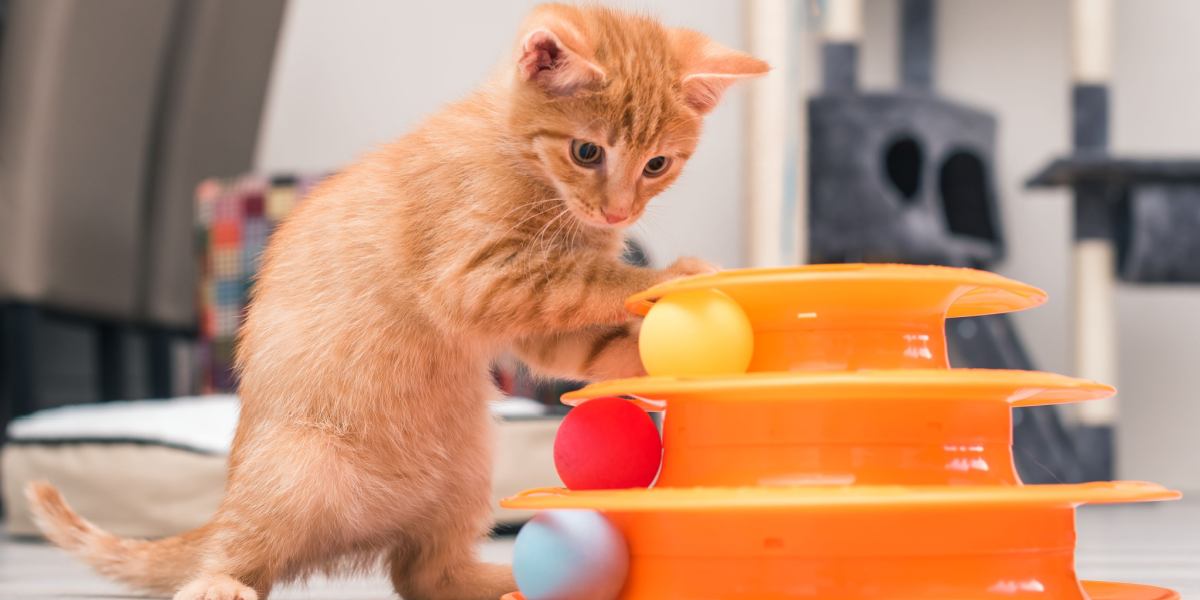
Cats are surrounded by myths and misconceptions. Some are harmful, some are harmless, and others are downright strange. In this article, we’re going to break down some of the most common ones.
Read on to learn the truth about 10 of the most common myths and Misconception about cats.
1. All Purring Cats Are Happy
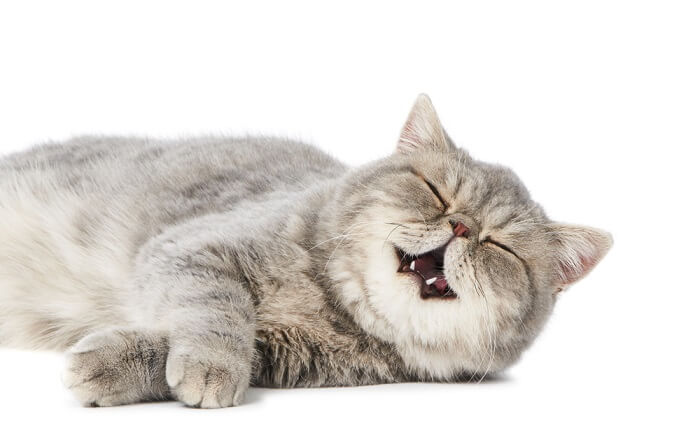
While cats usually do purr due to happiness and comfort, they may also purr to self-soothe during periods of stress and pain.
While cats definitely purr when they are happy, they also purr when they feel sick, are in pain, or are afraid. While we don’t know entirely why this happens, one theory is that the frequencies that cats purr are healing and help the cat feel less pain.
Also Read: Why Do Cats Purr?
I have seen cats that are very ill still purring, and they are definitely not happy. A happy cat will usually give you additional signs that they are happy in addition to purring.
2. Pregnant Women Can’t Live With Cats
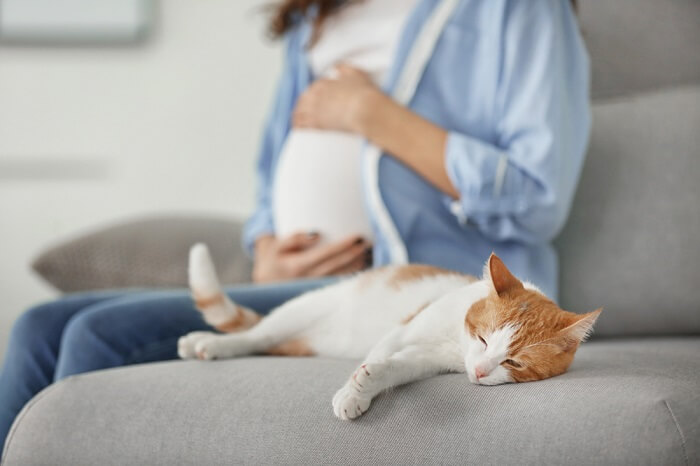
While it may be risky for pregnant women to clean out a cat’s litter box due to potential T. gondii infection, it is safe for them to live with cats in general.
You probably heard about the cat litter pregnancy myth. This myth originated after the discovery that a common parasite found in cat poop causes birth defects in humans. The culprit is Toxoplasma gondii, and pregnant women can become infected by accidentally ingesting the parasite after cleaning the litterbox.
Fortunately, it is fairly easy to avoid infection by having a non-pregnant person clean the litterbox, wearing gloves when cleaning the litterbox, washing your hands after handling your cat, and avoiding eating and handling your cat at the same time.
3. Cow’s Milk Is Good for Cats
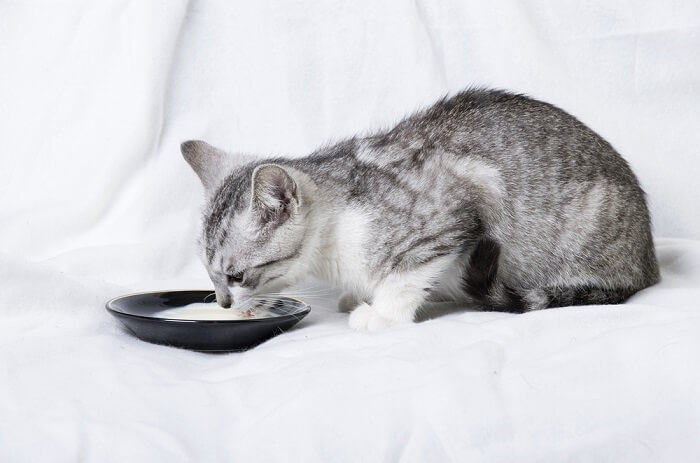
While we’re all familiar with the image of a cat lapping from a saucer of milk, cow’s milk (and any other milk containing lactose without lactase!) can cause digestive upset in cats who’ve been weaned.
What about the cats and milk myth? Well, in one word… False! Most of us have seen nostalgic pictures of cats drinking cow’s milk from a dish or fed a cat milk from a dish. This myth originated from feeding orphaned kittens cow’s milk. While kittens can digest cow’s milk, cats lose the enzyme necessary to digest milk as they age and become naturally lactose intolerant.
Also Read: Is Milk Good For Cats?
Feeding a cat milk does not provide the right nutrients and may cause diarrhea or vomiting. If you want to feed your cat milk try Cat-Sip, a lactose-free alternative.
4. Cats Are Most Active at Night
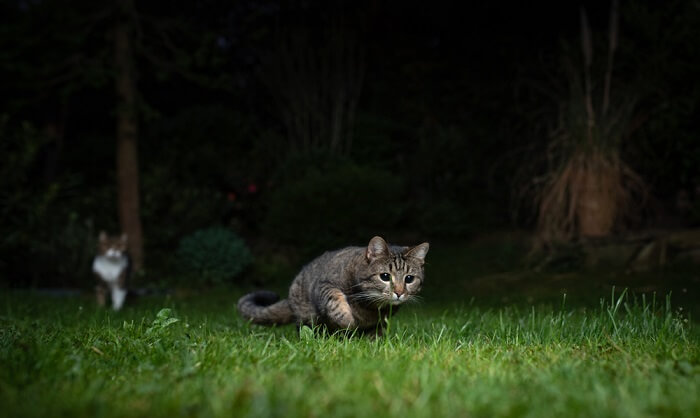
While it’s common to think of cats as nocturnal animals, they are, in fact, crepuscular and most active at dawn and dusk.
While you might think that your cat only has the crazies in the early morning when you are trying to sleep, the truth is that cats are crepuscular, which is just a fancy way of saying they are most active at dusk and dawn.
If your cat is keeping you up at night, try increasing play time with your cat at these times and see if that doesn’t help reset your cat’s circadian rhythms.
5. Cats Always Land on Their Feet
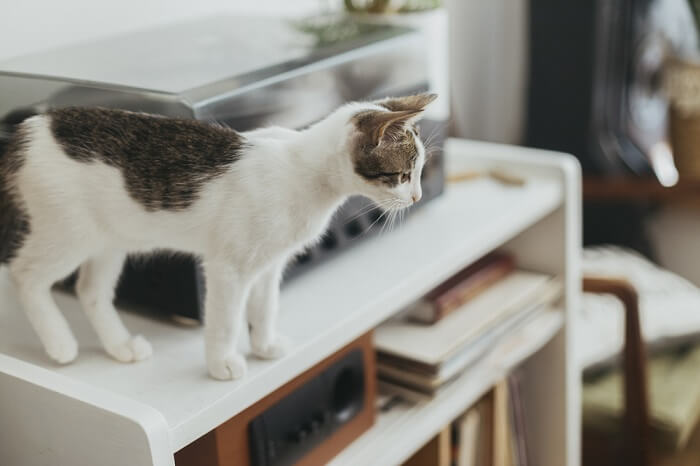
No, cats don’t always land on their feet! In fact, many cats suffer from what vets have dubbed high rise syndrome—the injuries experienced by cats who fall from high places.
Cats are extremely agile and have a very flexible spine that allows them to twist in mid-air and land on their feet, most of the time. Cats aren’t foolproof and can still injure themselves in falls, often with chin and teeth injuries.
In addition, age, arthritis, and other illnesses can reduce a cat’s reflexes, and enough cats are injured by falls from great heights every year to give it a name: high rise syndrome.
6. One Human Year = 7 Cat Years
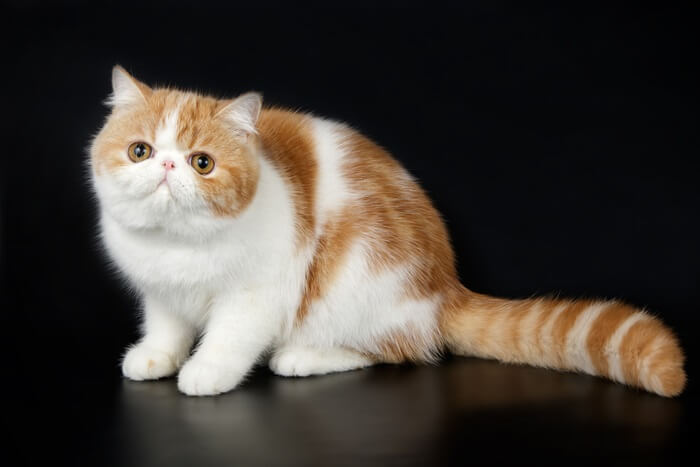
While we often consider one year of a cat’s life to equal seven years of human life, feline aging isn’t that simple.
False! The first year of a cat’s life is equivalent to about 16 humans years, and includes growth from a juvenile to a full fledged adult. The second year of a cat’s life adds another 9-10 human years, and every year after that is approximately equal to 4-5 human years.
Also Read: How Old Is My Cat In Human Years?
Cats can live an extraordinarily long time, some cats have been documented to live 25 years!
7. Declawing Cats Doesn’t Hurt
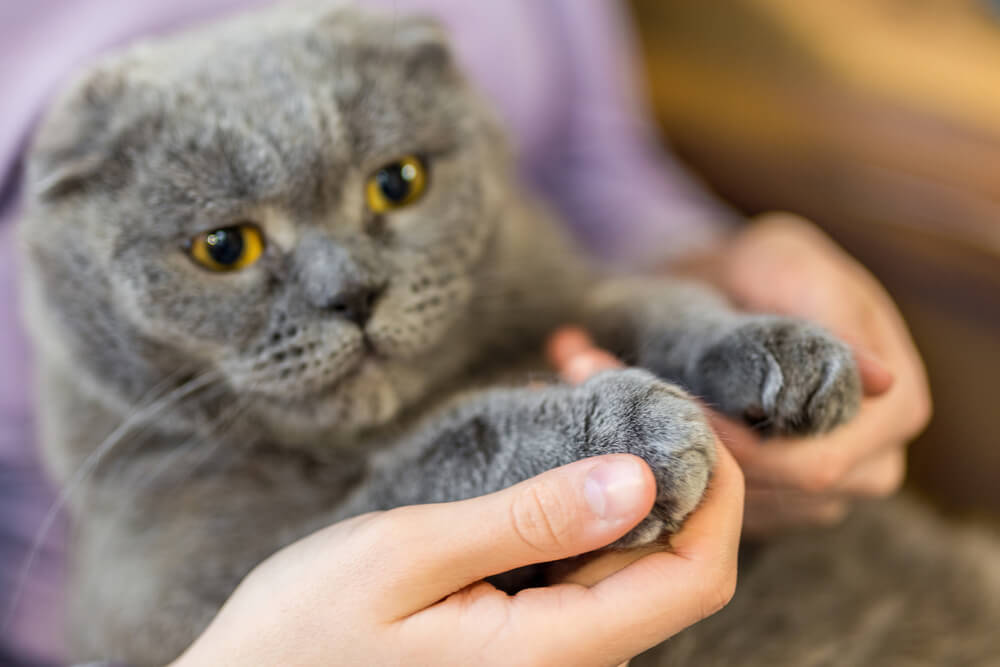
While some claim that declawing doesn’t hurt, the operation is painful and often leads to chronic pain and behavioral problems.
Time for the cat declawing myths…
Some people are under the impression that declawing a cat doesn’t hurt any more than trimming fingernails, but this is a grave misconception. Declawing is a surgical procedure done under anesthesia, and involves amputating the third digit, which contains the nail.
Many cats go on to develop chronic pain from arthritis, and many cats develop aggression because of this pain. Fortunately, there are alternatives to declawing, just ask your veterinarian!
8. Cats Can Be Vegan
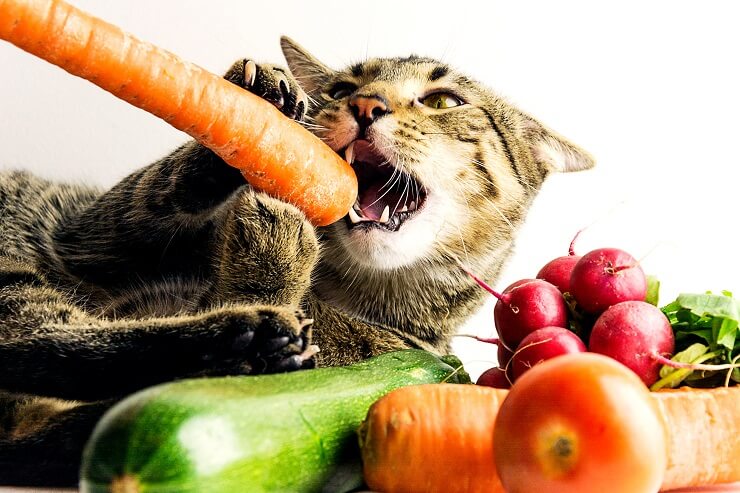
While cats can survive on a complete and balanced vegan food, they cannot naturally be vegans.
False! Cats are obligate carnivores, which means they must eat meat to satisfy their nutritional needs, including complete and balanced essential amino acids. Feeding a cat a vegan diet will likely cause symptoms associated with malnutrition, including symptoms of a taurine deficiency.
9. It’s Good To Let Your Cat Have a Litter Before Spaying
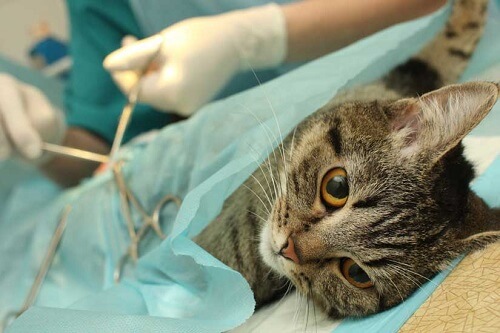
It’s best to spay cats as soon as it’s safe to do so. Spaying after your cat has given birth to a litter of kittens can contribute to overpopulation, increase the spread of infectious disease, and damage local wildlife populations.
While kittens are super cute, the truth is that many cities and areas are experiencing pet overpopulation problems. This means there are too many cats, which can impact the local small wildlife populations (wiping out song birds and lizards) and cause increased infectious disease among local cat populations.
In addition, unwanted cats get dumped at shelters, and many are euthanized because there is nowhere for them to go. Kittens can go into heat as early as 5-6 months of age, which means they can get pregnant!
Also Read: Should I Let My Cat Outside?
It is recommended to keep young female cats indoors until they are spayed at 5-6 months of age to prevent accidental pregnancy.
10. Cats Don’t Need Exercise
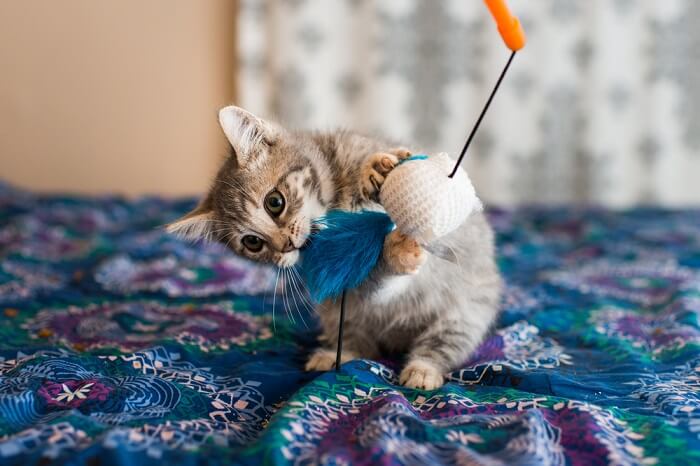
While we often think of cats as sedentary compared to dogs, they need plenty of exercise. Cats are happiest and healthiest when they’re able to play multiple times per day.
Obesity is a big problem among indoor cat populations, no pun intended. Indoor cats tend to be heavier than outdoor cats because they don’t get as much exercise, fresh air, and mental stimulation.
Furthermore, cats will eat when they are bored and most cat foods are very high in calories (upwards of 400 calories per cup of food! FYI the average cat only needs about 350 calories per day) and super delicious to cats. If you have a cat, it is important that your cat gets exercise every day.
While this varies based on a cat’s health and age, most healthy adult cats need at least an hour of vigorous play each day. This can be broken up into many short play sessions. In addition, give your cat lots of vertical space to climb on, and make sure your cat isn’t overeating.
If you aren’t sure about your cat’s exercise and nutritional needs, ask your veterinarian for advice.




